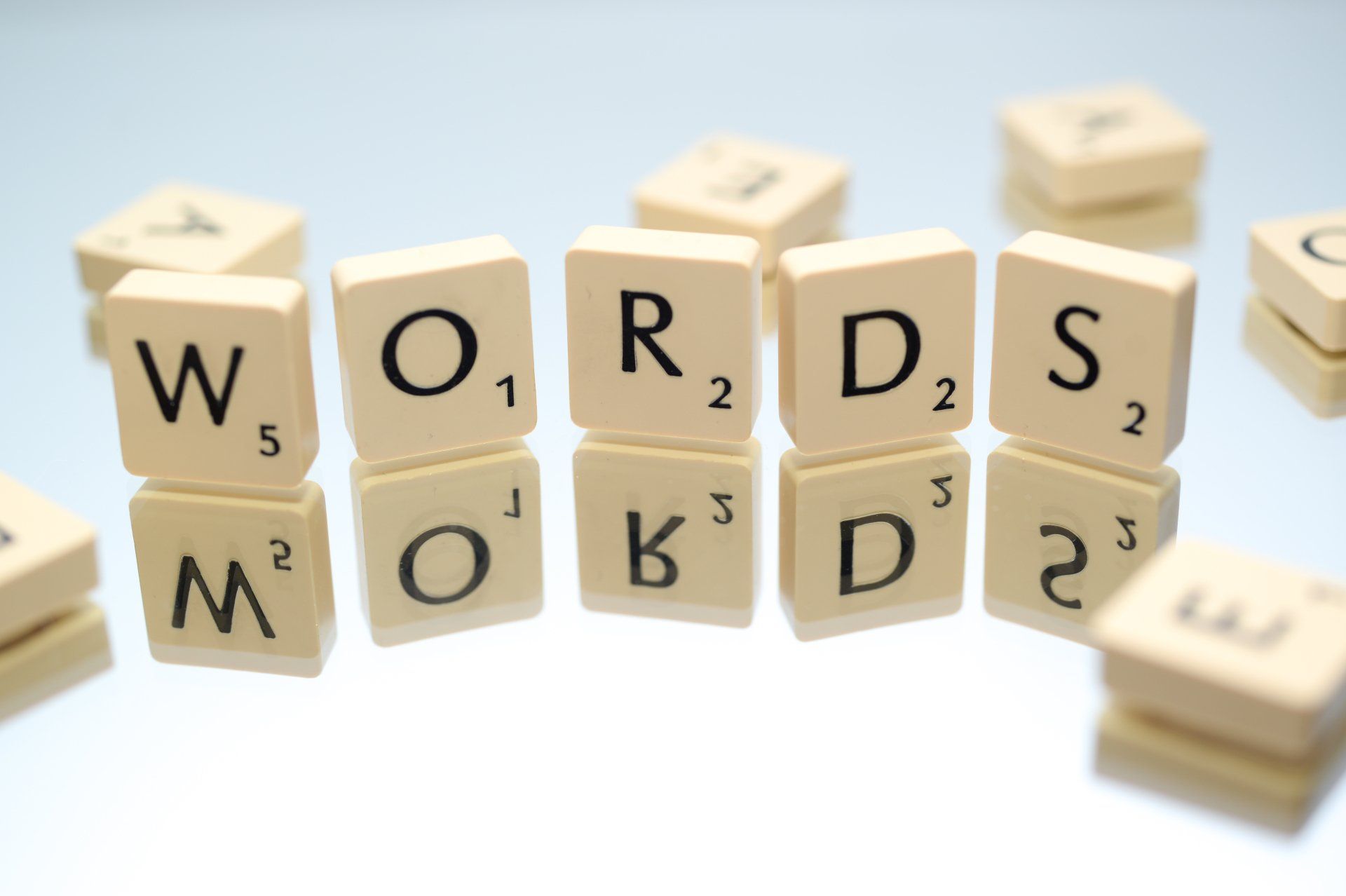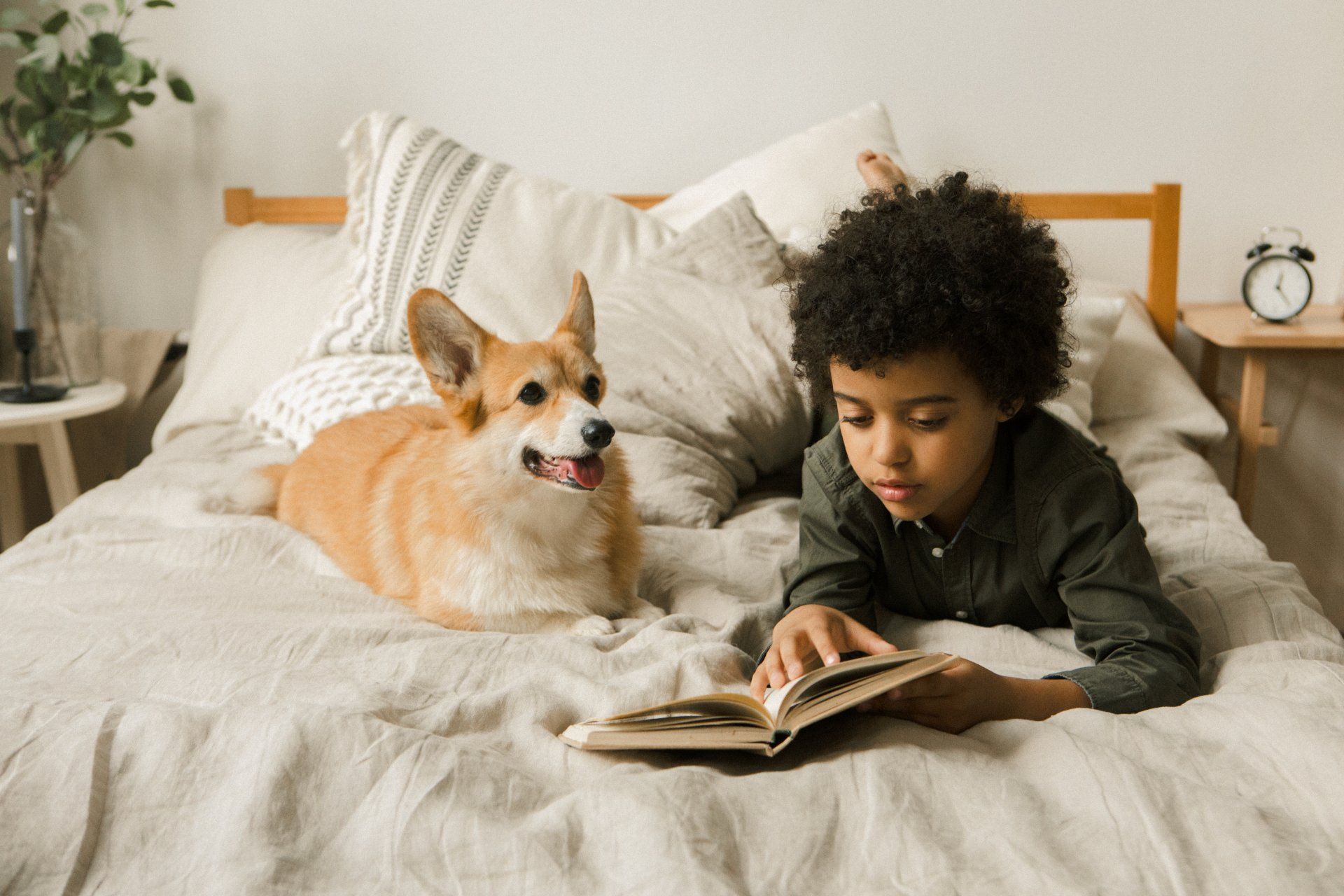Blog
Valentine's Day Literacy Activities
Valentine’s Day, a holiday about love, seems to instead fill a large portion of the population with dread. If romance isn’t your thing, you feel doomed. If you’re unpartnered, you feel left out. If you’re a teacher, you’re bracing yourself for a day of mayhem and over-sugared students. And if you’re a parent of school-aged children, your living space is suddenly littered with dozens of valentines your children need to address. Does anyone actually love this holiday?
Perhaps those of us working with struggling readers can reclaim it. After all, the written word is central to many of the ways we celebrate Valentine’s Day. Here are some Valentine’s Day-themed literacy ideas parents can do with their kids leading up to the holiday:
- Have kids write a “love letter” to their favorite book or One Minute Reader story. In the letter, they should explore how the book/story relates to their own life and why it is meaningful to them.
- Require kids to use their school spelling words, challenging vocabulary words, or words from One Minute Reader stories as they write valentines to friends and family.
- Have kids use candy conversation hearts as starting points for thinking about and creating sentences. For example, how could a heart that says “Be Mine” be turned into a question or a declarative sentence?
- Explore the genre of poetry and teach kids about simile, metaphor, personification, alliteration, and rhyme. You could even read a few Shakespearean Sonnets together—it’s never too early!
- Allow kids to eat a treat and then think of five or more adjectives to describe it.
- The Internet is full of Valentine’s Day-themed printables, worksheets, and projects, such as word finds and puzzles. Or, design your own incorporating the words your students are currently studying.
- And of course, read plenty of feel-good and Valentine’s Day-themed books aloud to your kids, followed by meaningful discussion about the books' vocabulary and themes.
We can also encourage parents to reframe how they think about all the valentines littering their homes, waiting to be addressed. Are they a tedious chore? Or do they provide SO MUCH reading and writing practice? (I’ll admit, I might need this reminder.)
If you have any ideas to add to our list, we’d love to hear them. We’ll be thinking of you and your kids with great admiration, this week and always. Happy Valentine’s Day!
Highlighted Posts


Ready to see an improvement in your child's reading?
Sign up today and get seven days for FREE.
One Minute Reader is just $8 per month after your free trial.
